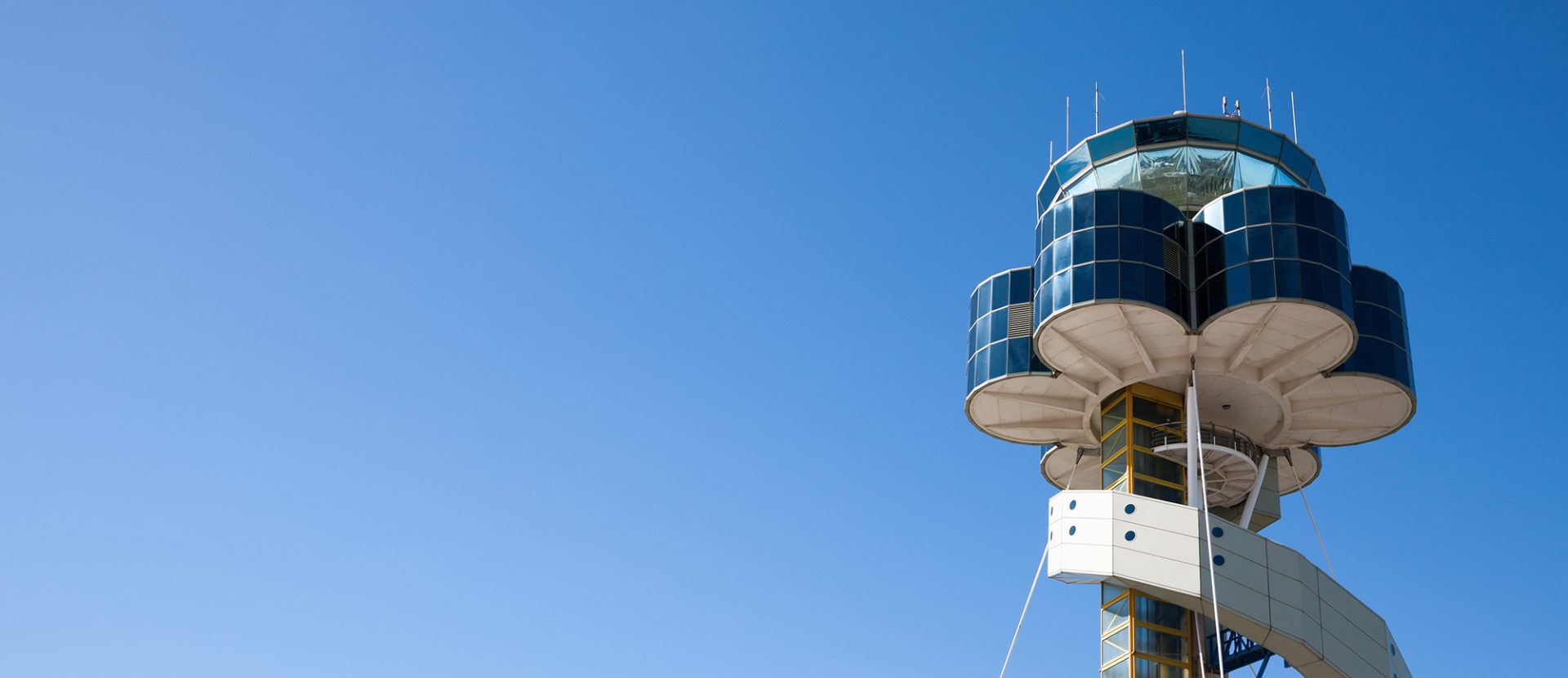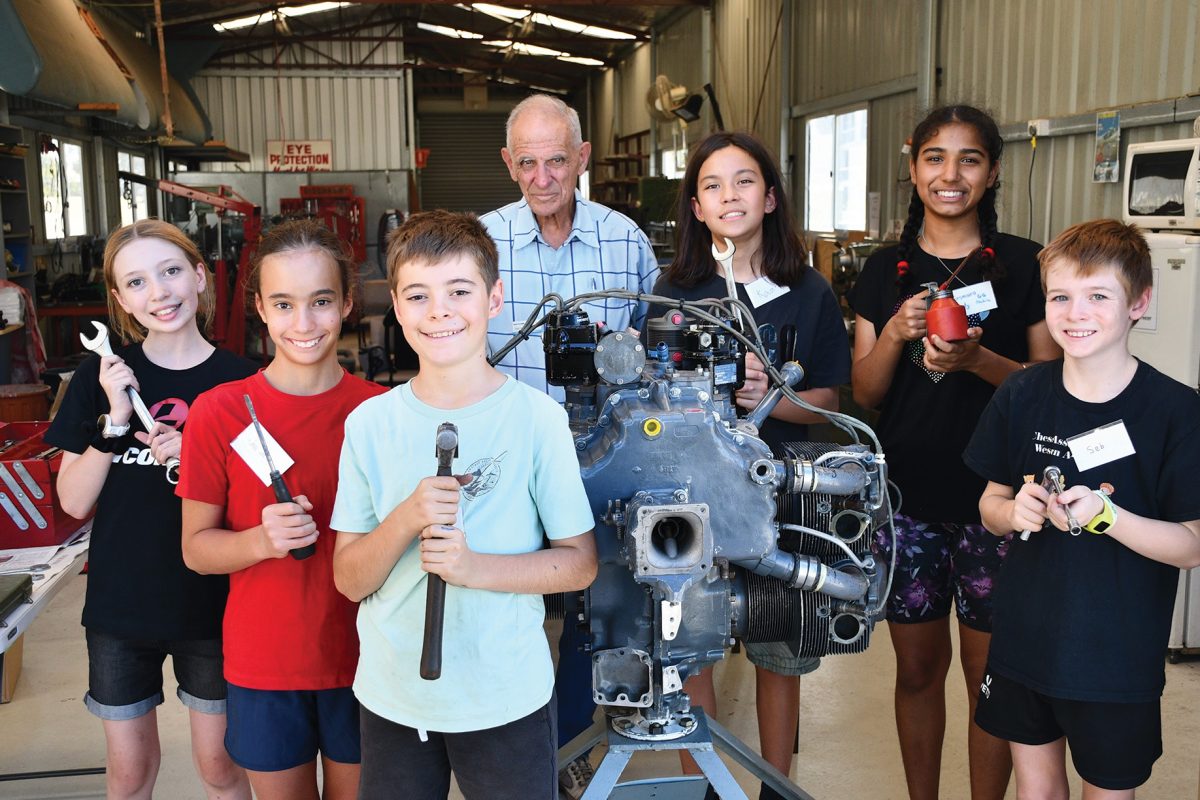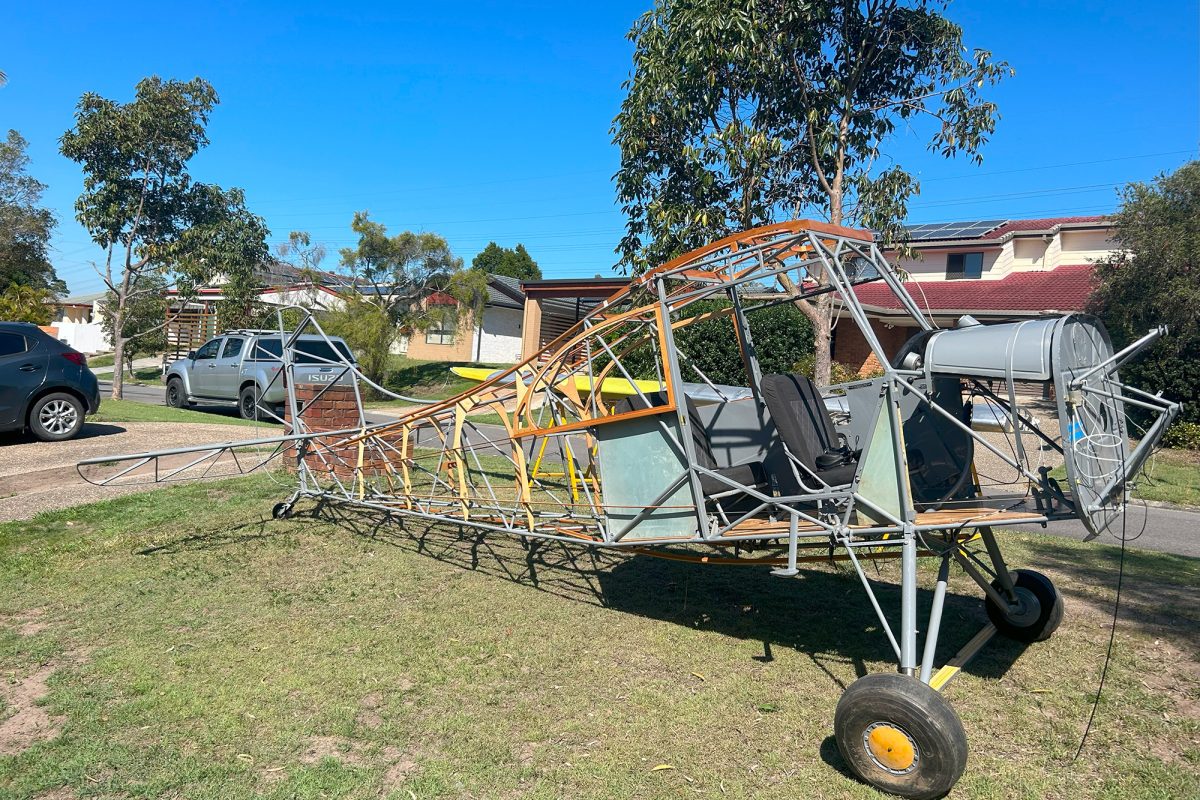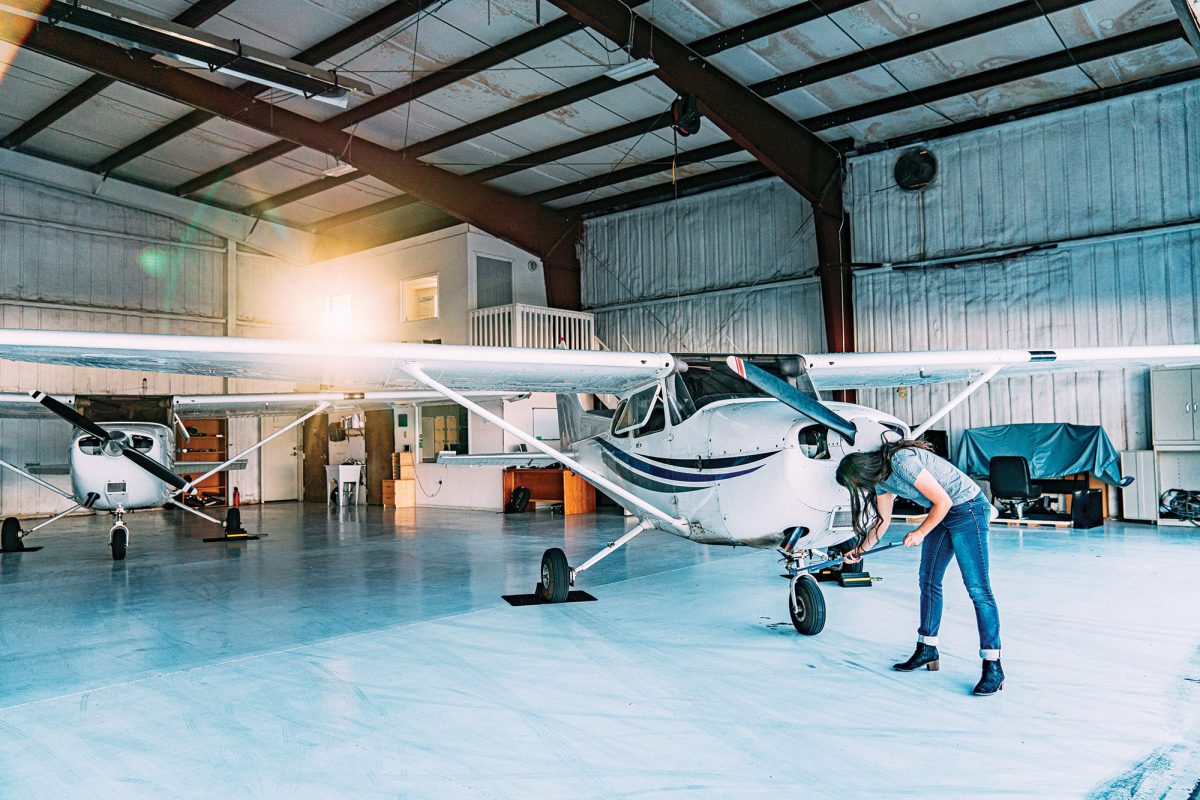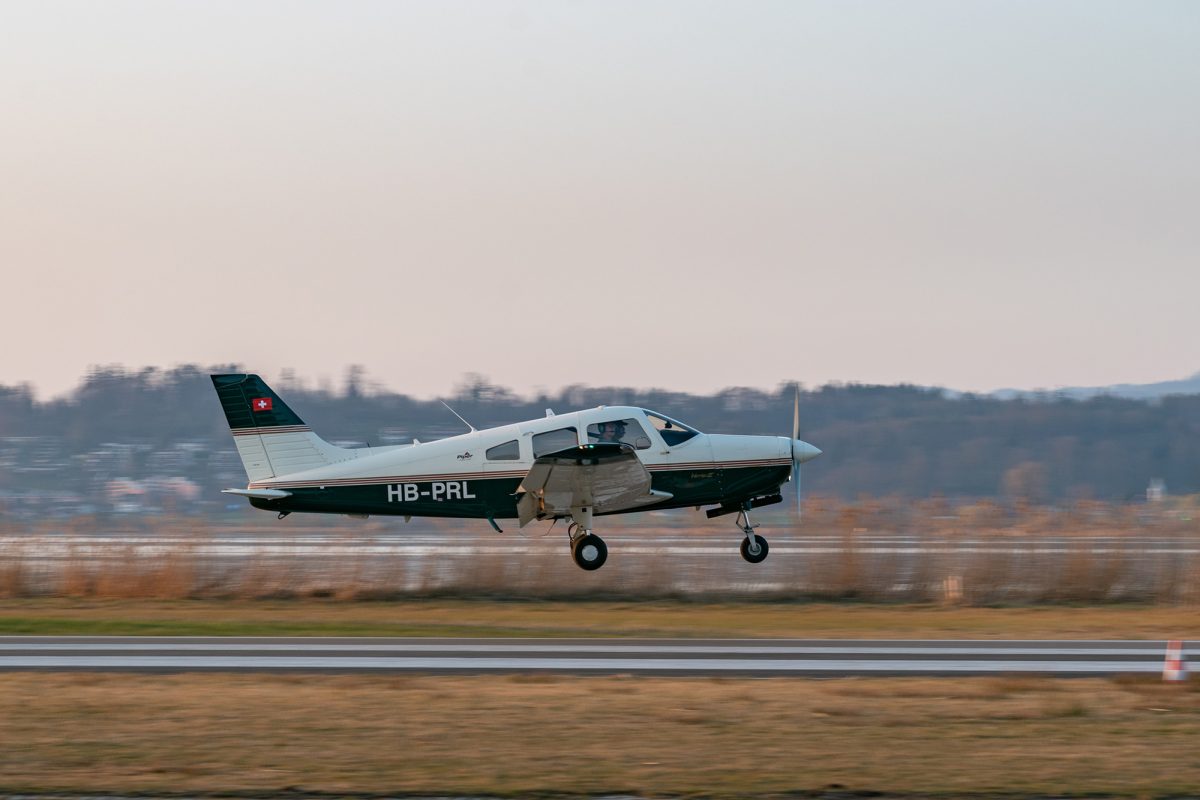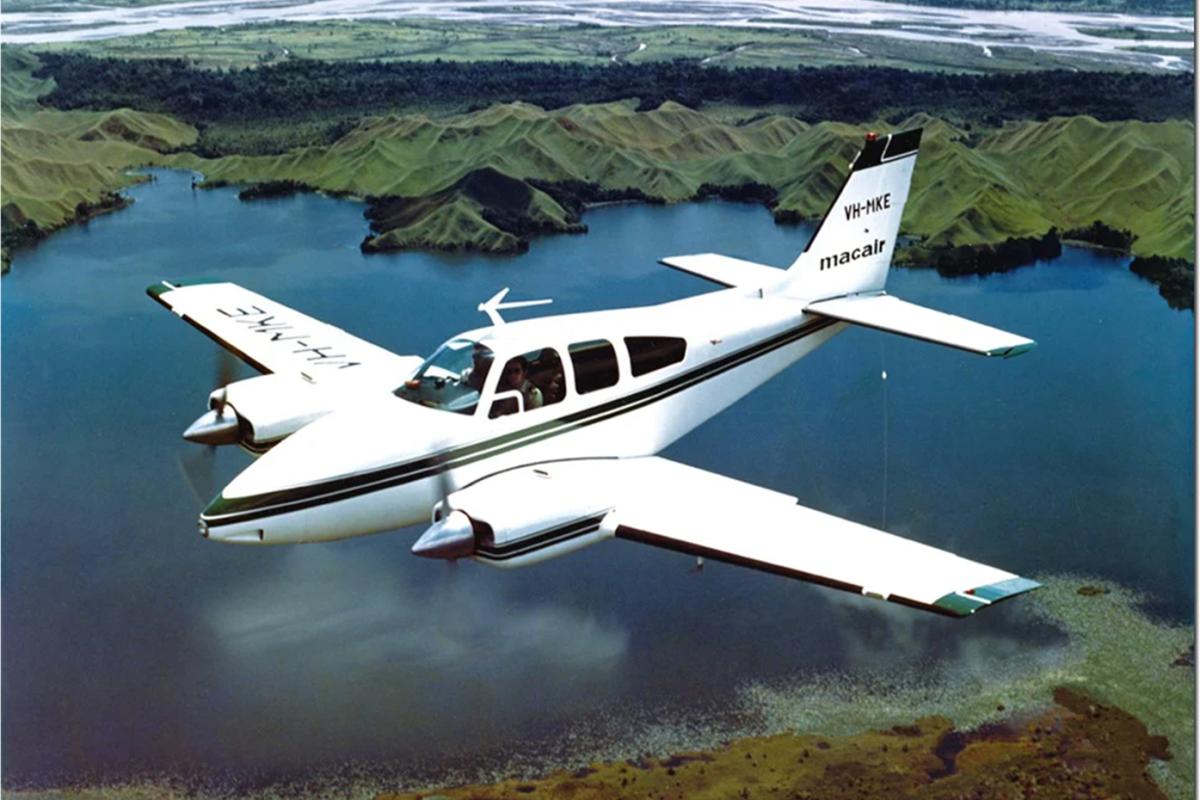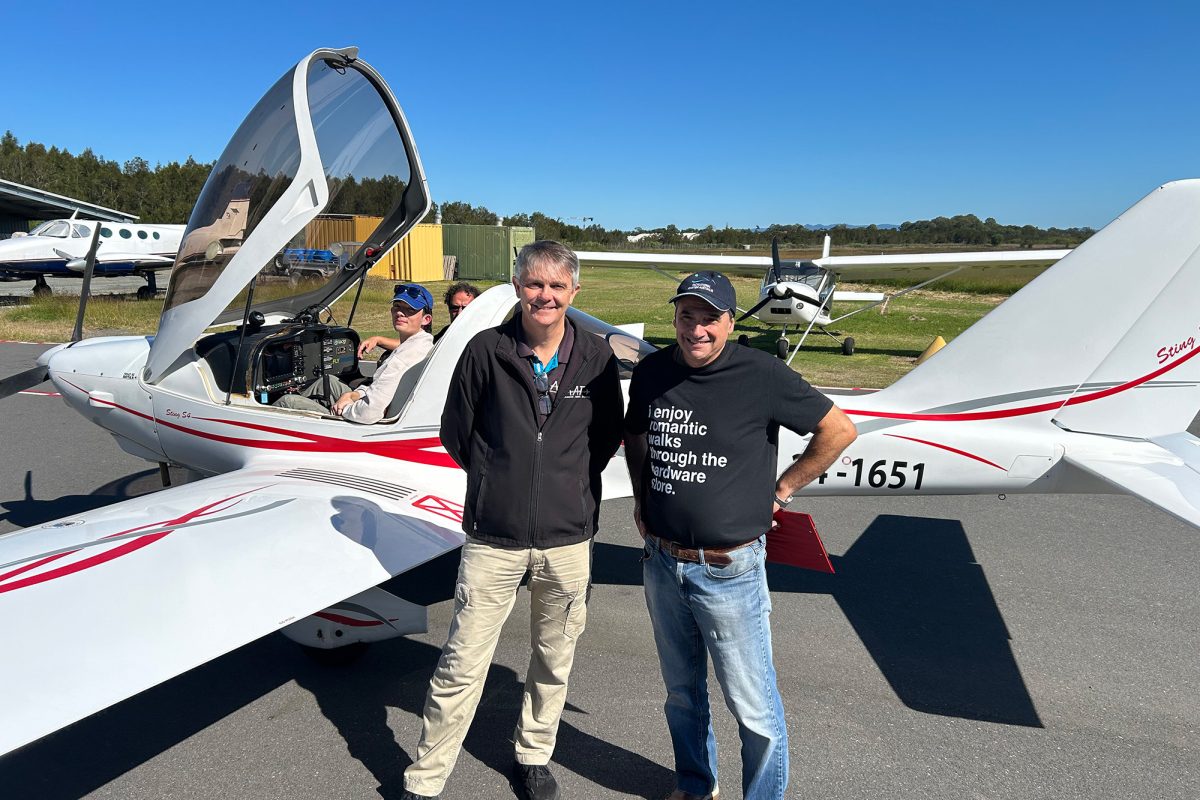A bit of news that seems to have ironically flown under the radar is that CASA announced back in December that RAAus pilots and aircraft could soon have access to controlled airspace – specifically Class C and Class D. One of the reasons that it isn’t being made as big a deal of as it should be is that there are some conditions and confusion about what this means.
Before we begin, for those who can’t quite remember all the airspace classes (hastily refers to Airservices diagram) Class A is above 18,000 feet and for IFR, so we can leave that to the big boys. Class C is controlled airspace around a big airport and up to 18,000. Class D is controlled airspace around small airports that have a control tower and Class E is the wide open spaces above 8,500 feet and below 12,500 we share with VFR and IFR flights. Finally, Class G is the bit nearer the ground, below 8,500 feet. Phew. So up until recently, if you were an RAAus pilot you could only fly in Class E and G airspace, but that’s about to expand to let you fly in Class E and G (like before) plus Class C and Class D, which means controlled airspace around airports that have control towers or are remotely controlled.
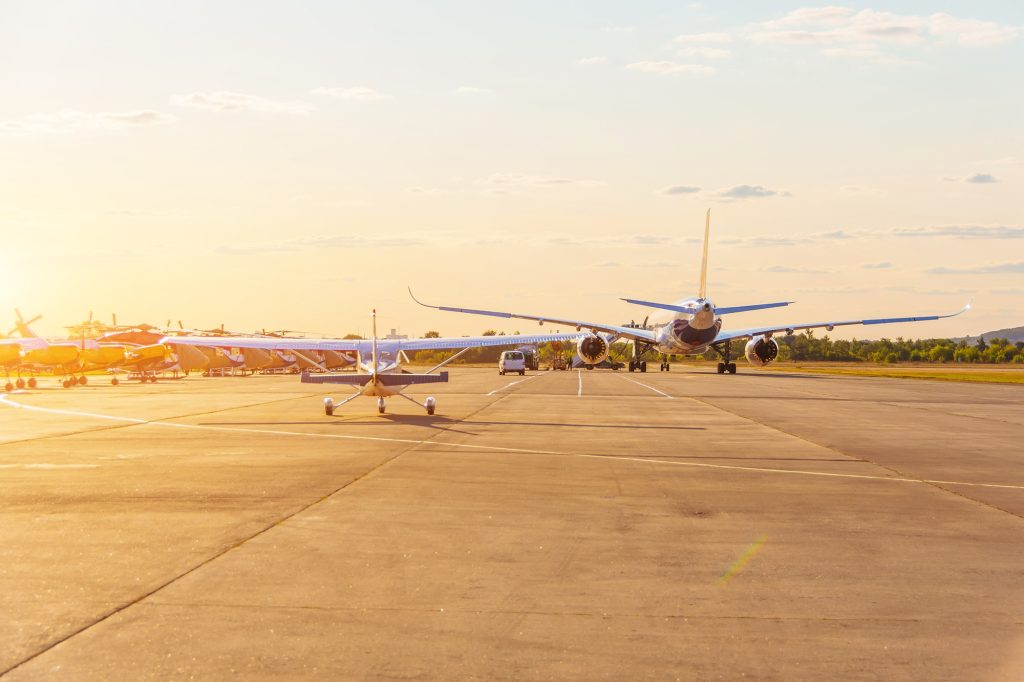
Previously you could access controlled airspace in an RAAus aircraft provided you had an RPL and Controlled Airspace/Controlled Aerodrome endorsement or higher, a suitable medical, currency and the aircraft met the required standards… which still excluded most RAAus certified pilots. Soon you’ll be able to fly in those spaces on an RAAus Pilot Certificate, but there are some caveats to keep in mind.
Firstly, you will need a Class 5 or better medical certificate. Class 5 is the new CASA based self declared medical. It’s not difficult to get unless you have some major health issues looming. You complete an online module and application form. I’ve done one and it’s easy enough.
Secondly, you will need to show you are competent. Fortunately, they mean competent to fly an aircraft, or I’d be in real trouble. That will require you to show an instructor that you can fly the aircraft safely, navigate, plan, speak to ATC and manage your workload. To do that you will need to complete a Controlled Airspace/ Controlled Aerodrome endorsement, which should take a few hours with an instructor and have a current biennial review. Once that’s done and CASA and RAAus formalise the rules for access, you will be able to fly in class C and D controlled airspace, chat to ATC and utilise controlled airports.
The key to ATC communications for a new or occasional user is to have your calls written down, or at least thought out, before you get to them. The hardest part is getting an ATC instruction to you noted down and reading it back in a timely manner. A kneeboard will be your friend here. Like everything in aviation, it starts off looking impossible and then becomes easier with use. Back when I was a budding pilot my instructor told me that the easiest way to learn the phonetic code was to read the rego plates of cars as I was driving, and it worked a treat. I reckon the best way to learn ATC calls is to download the Live ATC app (it costs about $7) and run it for your local airport. Listen in and pretend like you’re the aircraft ATC is talking to and practice responses. Or search ‘live ATC’ on your computer for your preferred airport and there’s a good chance it will come up in a search. I like the app because I can listen in the car. And yes, I occasionally make flying sounds as I drive, and I try to bank left instead of turning. There’s a bunch of guides and videos on the Airservices website, too.
Once you are endorsed you will have access to a bunch of airspace and airports. Despite their somewhat fearsome reputation, ATC are actually there to help you. Most ATC operators are friendly and helpful. But they are busy and don’t suffer fools lightly. I recall flying into Canberra a few years ago after the bushfires and there was a heavy smoke haze. ATC, without prompting, assisted us with vectors to the turn point for final which was well appreciated. GPS shows you where the runway is, but this was helpful to make a smooth approach. As you roll out from your landing you get quite smug to be landing with the big boys – until you realise that a velocity flight (Virgin Airlines) is waiting patiently for you to clear the runway, and your briefly smug moment is wiped off as you try to find your exit and organise the ground frequency.
Controlled airspace access has been the missing link in RAAus, made ever more important as more and more airspace is coming under control. You will also have the additional safety of avoiding weaving through rugged terrain by flying through the controlled airspace above it. This will be a boon for east coast pilots who have to dodge controlled airspace continually, and will let them access many of the airports they couldn’t get to. We will post more information on this as it becomes available. Got an opinion on it? Let us know at editor@sportspilot.net.au
